When it comes to Canadian plants and trees, it’s not all about the maple. From tropical plants with northern connections to native plants of Canada with a unique appearance, here are 15 exotic – and exotic-looking – types of plants you’ll find in Canada.

Fairy Slipper (Calypso Bulbosa)
With their bright fuchsia-pink flowers and distinctive slipper-esque petal, fairy slippers are a stunning, exotic-looking orchid that can be found in many Canadian bogs, coniferous forests, woodlands and swamps. Fairy slippers’ bright colour does more than just look pretty – their vibrant hue and sweet smell attract pollinators.
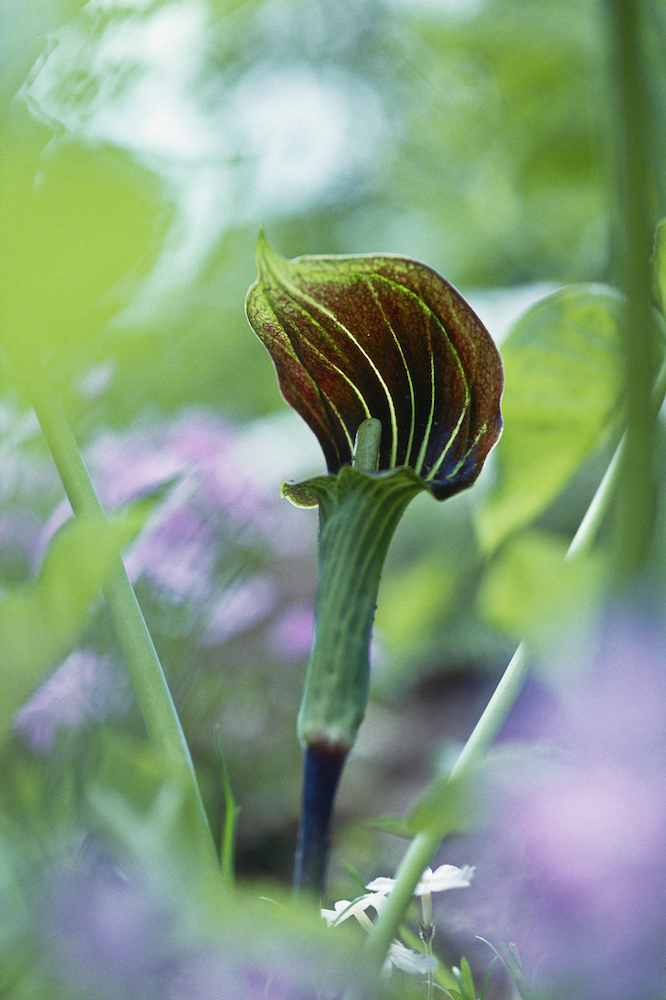
Jack-in-the-Pulpit (Arisaema Atrorubens)
With its curvy, hood-like overhanging leaf, the Jack-in-the-pulpit plant certainly seems exotic, but it’s actually native to Canada. Abundant in woodland habitats (particularly in Ontario, Quebec, New Brunswick and Nova Scotia), Jack-in-the-pulpit plants get their unusual name because they look a bit like preacher standing in a pulpit.

Palm Tree (Arecaceae)
The quintessential tropical tree, palm trees are exotic showstoppers in warmer Canadian gardens, but they actually have an age-old connection to the country. Thanks to a 65-million-year-old fossil, researchers learned that the land we now call Alberta was once the natural home of ancient palm trees.
Related: 10 Tropical-Inspired Room Designs Perfect for the Ultimate Staycation

Pawpaw Tree (Asimina Triloba)
Have you ever tasted a fruit that’s a mix between a mango, banana and custard? If yes, you’re likely already familiar with one of the rarest plant species found in Canada – the pawpaw tree. Found in Canada only in Ontario’s Carolinian Forest region, the pawpaw is North America’s largest native tree fruit.
Related: How to Protect Outdoor Plants and Trees From Frost and Freeze

Yellow Lady’s Slippers (Cypripedium Parviflorum)
Distinctively shaped and sunny in hue, yellow lady’s slippers are so striking to look at that you may think they’re exotic, but they’re actually a widespread native plant of Canada. What makes these orchids so unusual looking? Yellow lady’s slippers feature a pouch-like labellum for that slipper-inspired appearance.
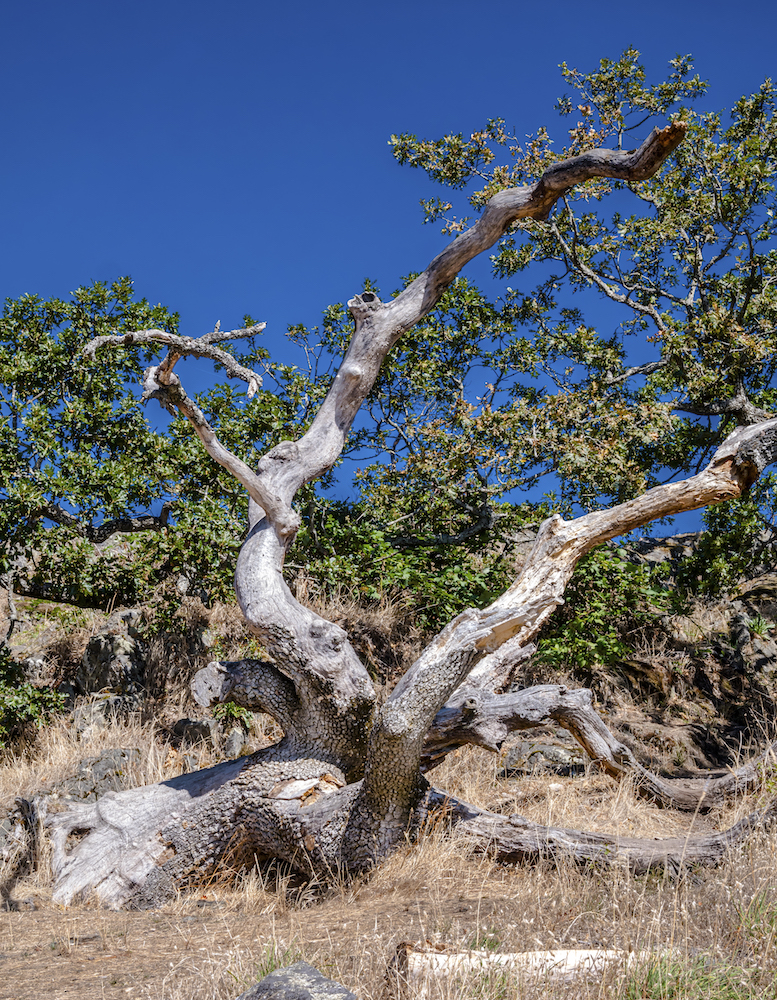
Garry Oak Tree (Quercus Garryana)
A common species of oak tree in the Pacific Northwest, the Garry oak – with its thick, grooved bark- has a name with a historically Canadian connection. The tree was named after the deputy governor of the Hudson’s Bay Company, Nicholas Garry.
Related: Tour an Epic $35,000-Treehouse With a Zipline and Meditation Room
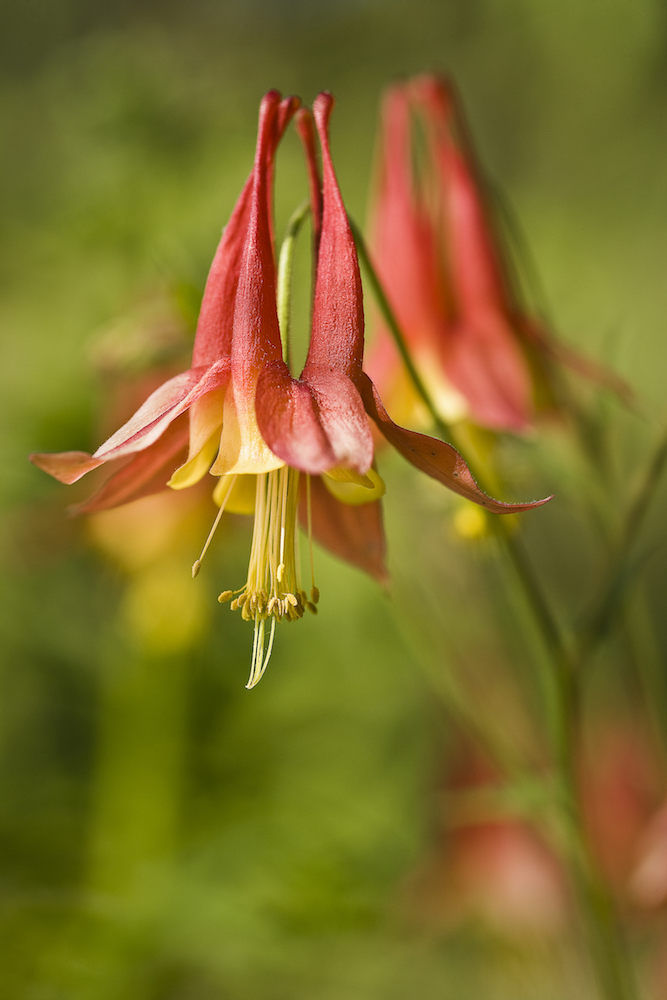
Canada Columbine (Aquilegia Canadensis)
While the real “nod” to our country is in the name, the Canada Columbine is gorgeous perennial with nodding flowers in shades of scarlet and yellow. Found in woodland and rocky areas in many eastern Canadian provinces, the Canada Columbine is a butterfly-attracting favourite in many gardens.
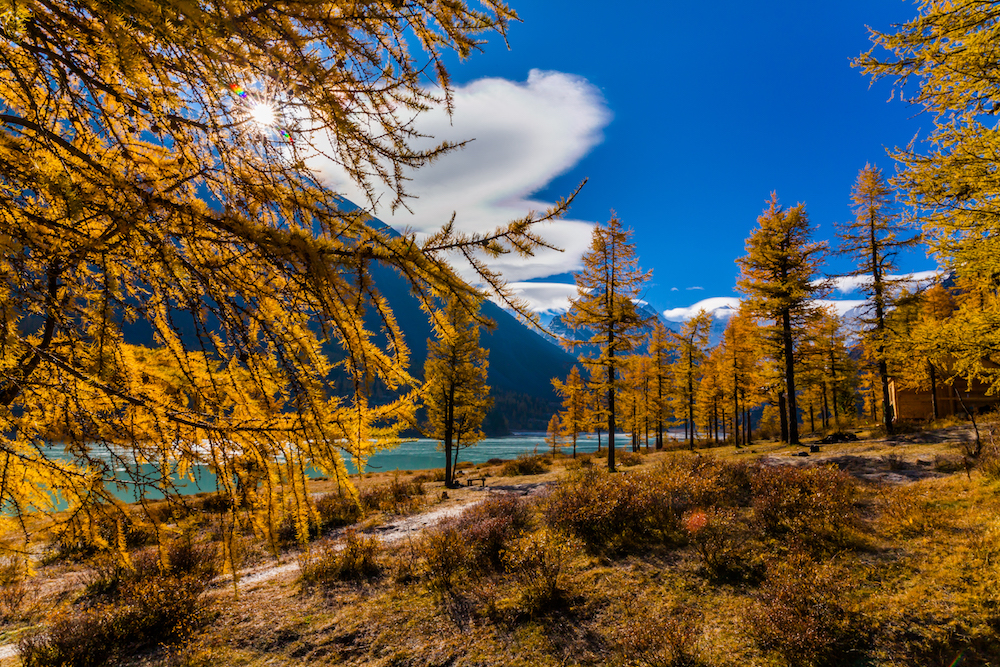
Golden Larch (Pseudolarix)
Needle-like trees are common types of plants in Canada, but the golden larch tree offers a once-a-year surprise that sets them apart from other pine trees. Because they are deciduous coniferous trees, the green needles of the golden larch turn a distinctive yellow-copper colour in the autumn – making many people turn their attention to the Rockies to see the larches from mid-September to early October.

Cornelian Cherry (Cornus Mas)
Blooming in late winter and adapted to Canada’s cold temperatures, the Cornelian cherry – with its vibrant yellow flowers – is a robust favourite for Canadian winter gardens. In the summer, these dogwoods bear an acidic, edible red fruit that can be used for jellies and jams.
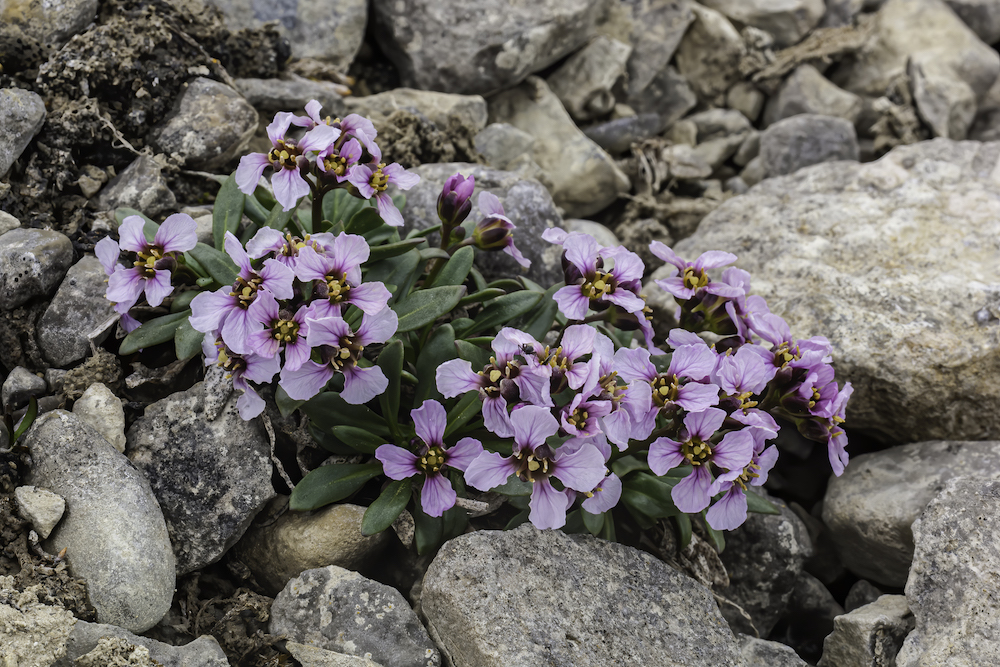
Arctic False Wildflower (Parrya Arctica)
When you see the vibrant amethyst- and lilac-hued petals of the Arctic false wildflower, you might think of a hot, sunny garden – but these perennial beauties are actually (as their name suggests) found in the rocks, meadows and tundra of the Canadian Arctic.
Related: 10 Summer Flowers That are Just as Pretty as Peonies
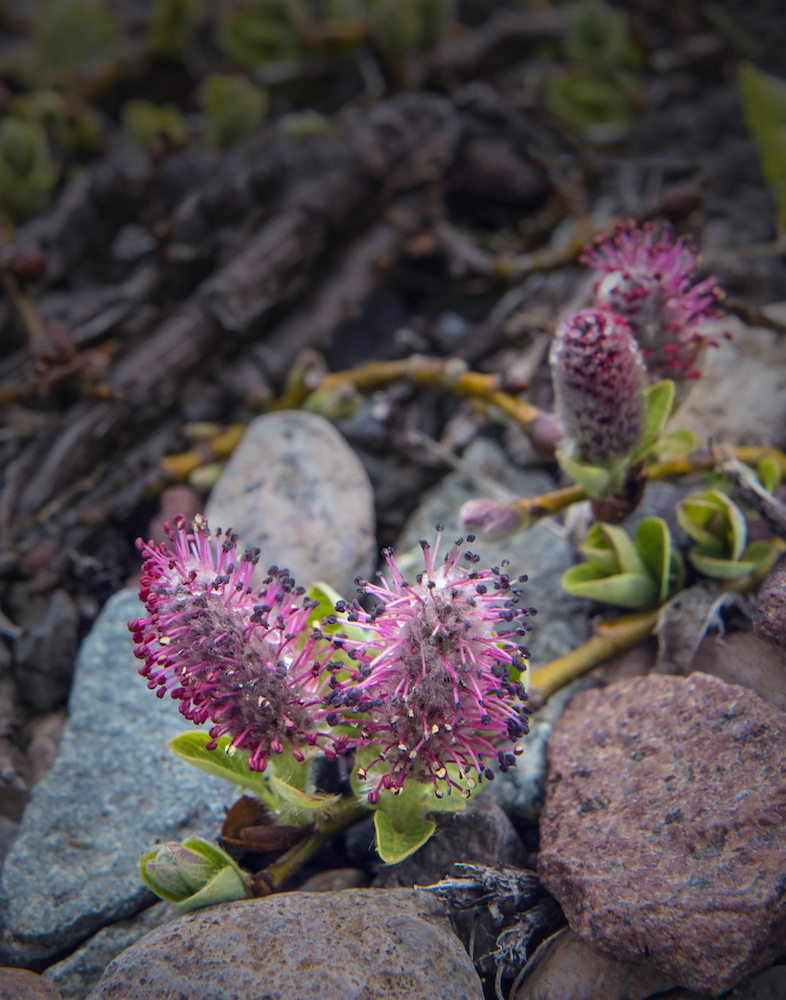
Barrens Willow (Salix Jejuna)
Another distinctive northern Canadian plant, the Barrens Willow is an endangered tundra plant that exclusively grows in the limestone barrens of the Great Northern Peninsula of Newfoundland.
Related: How to Keep Your Plants Alive While You’re on Vacation
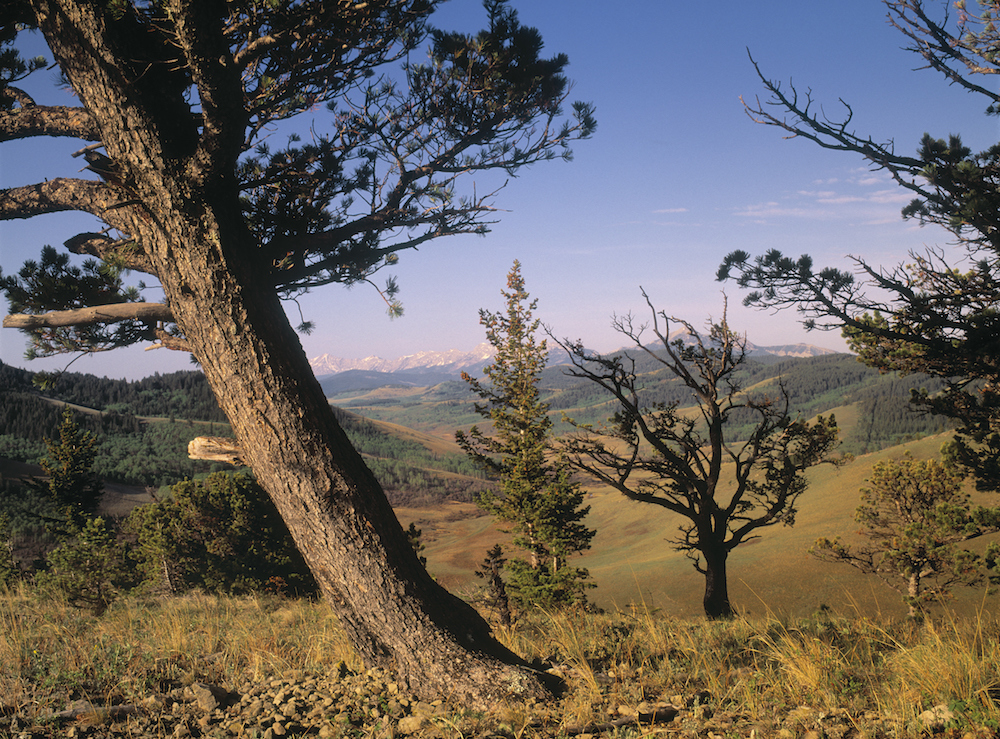
Limber Pine (Pinus Flexilis)
The limber pine, which is found in western Canada, is a long-living tree species that showcases a unique twisted, stunted appearance. The twisted pine is so long-living, in fact, that the oldest recorded tree in Alberta is a 640-plus-year-old limber pine.
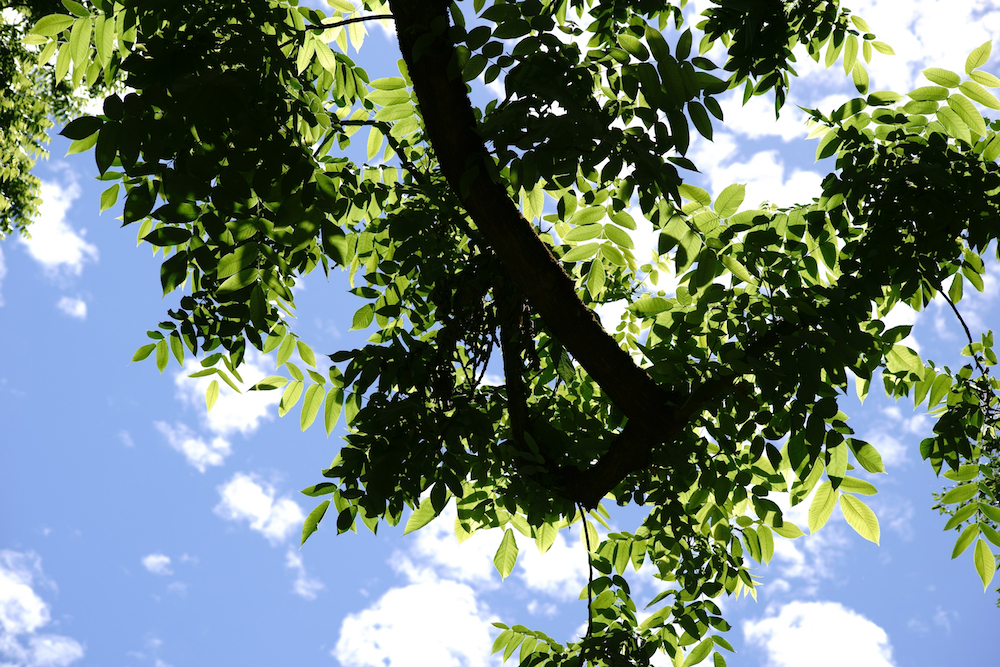
Butternut (Juglans Cinerea)
Found in the southern and eastern forests of Ontario, the butternut tree is the only walnut tree native to Canada. Not to be mistaken with black walnut trees, cold-tolerant butternuts offer sticky, elongate fruits and sharply ridged (tasty!) nuts. The husks of these unusual trees contain tannin that can be used for making ink or dyes.
Related: The Best Herbs and Medicinal Plants to Grow in Your Home This Spring
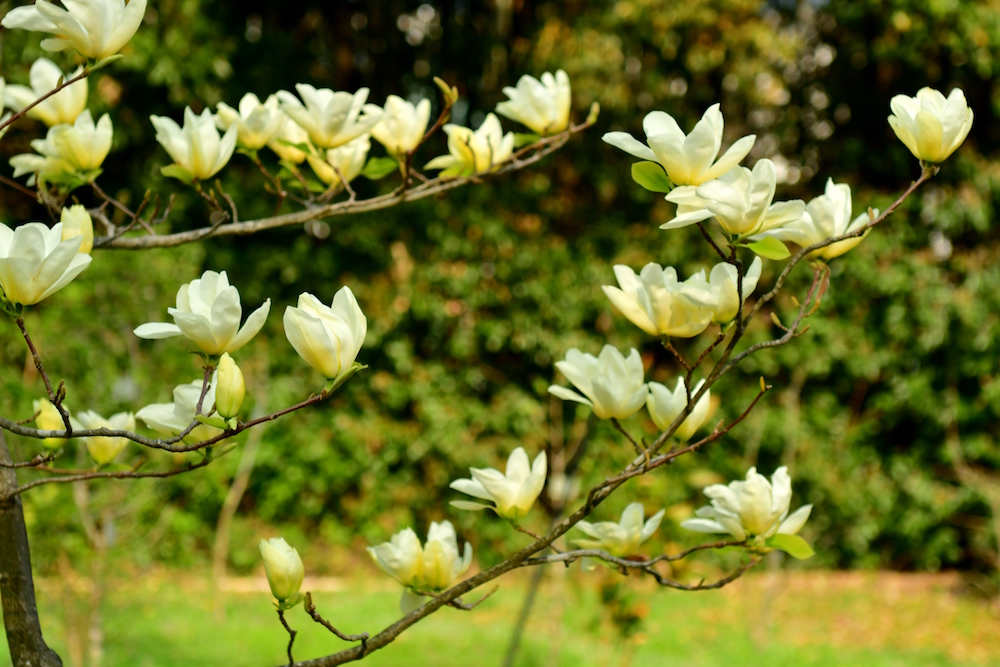
Cucumber Tree (Magnolia Acuminata)
A rare tree in Canada, the deciduous cucumber tree is the only native magnolia tree in the country. Growing up to 30 metres tall, cucumber trees feature greenish-yellow flowers and cucumber-shaped fruit.
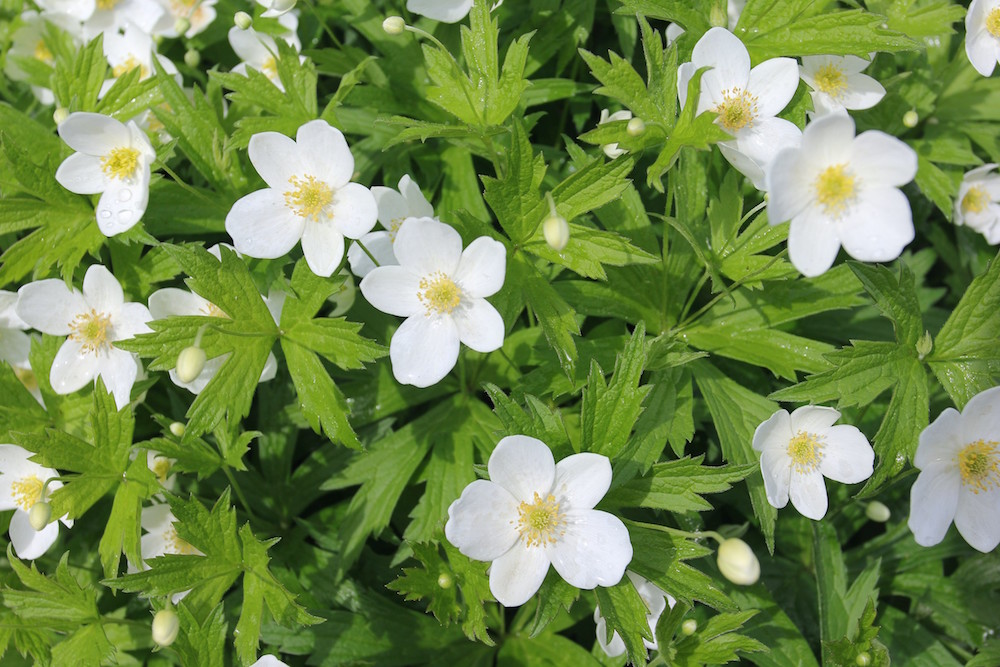
False Rue-Anemone (Enemion Biternatum)
A native plant to southwestern Ontario, the false rue-anemone is a buttercup that produces delicate white flowers in the spring. A threatened species, one of the false rue-amemone’s main foes are actually active Canadians – with cyclists, hikers and ATV-users often inadvertently harming the plant.
HGTV your inbox.
By clicking "SIGN UP” you agree to receive emails from HGTV and accept Corus' Terms of Use and Corus' Privacy Policy.




